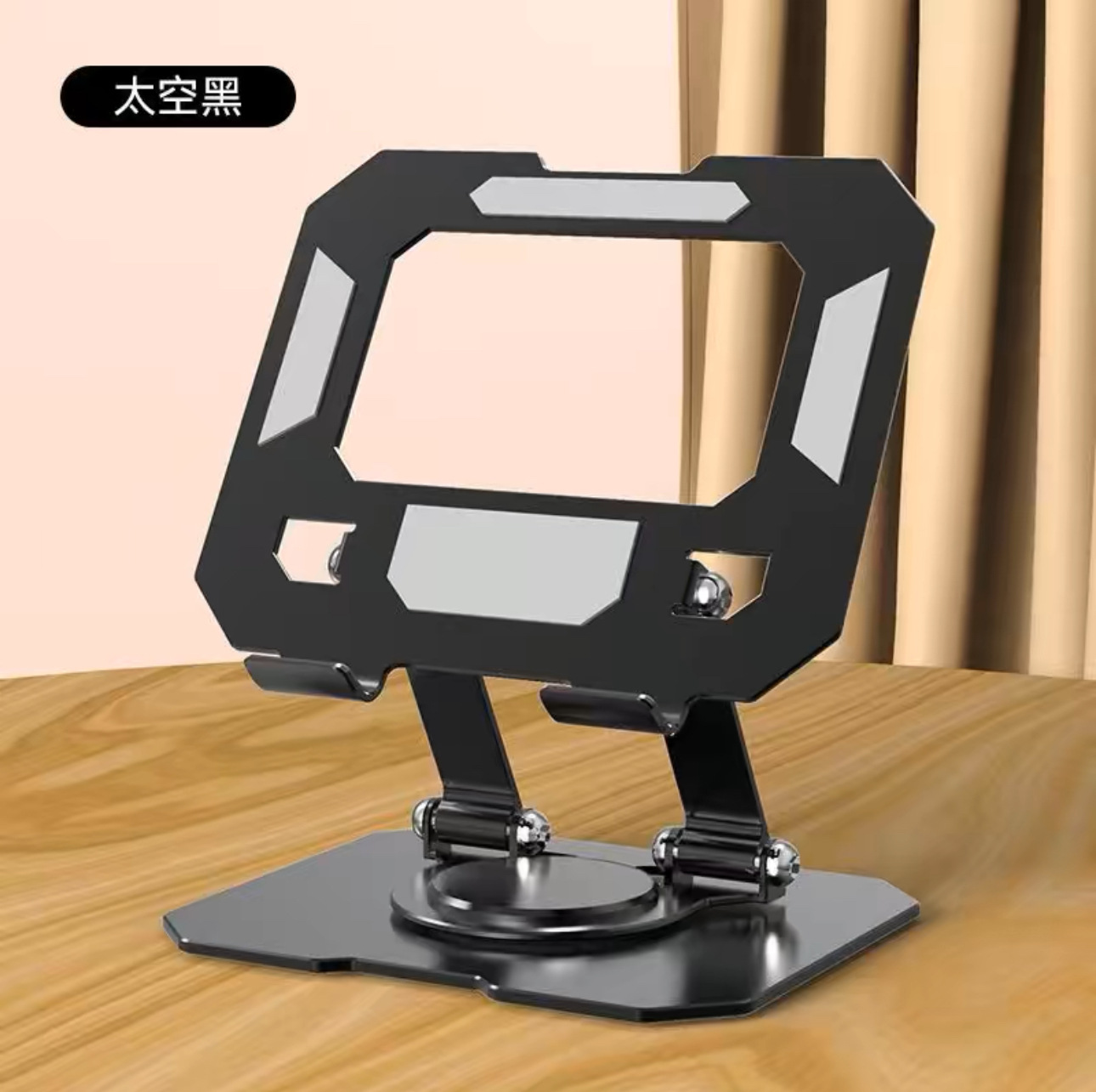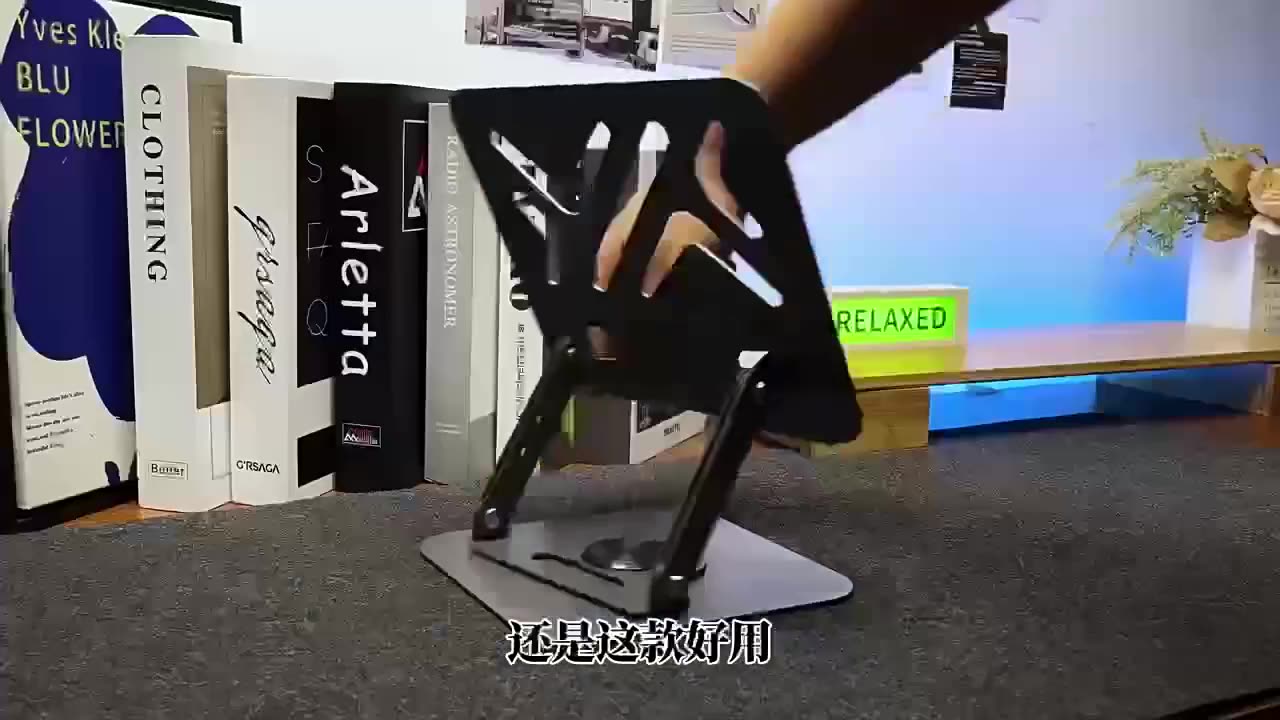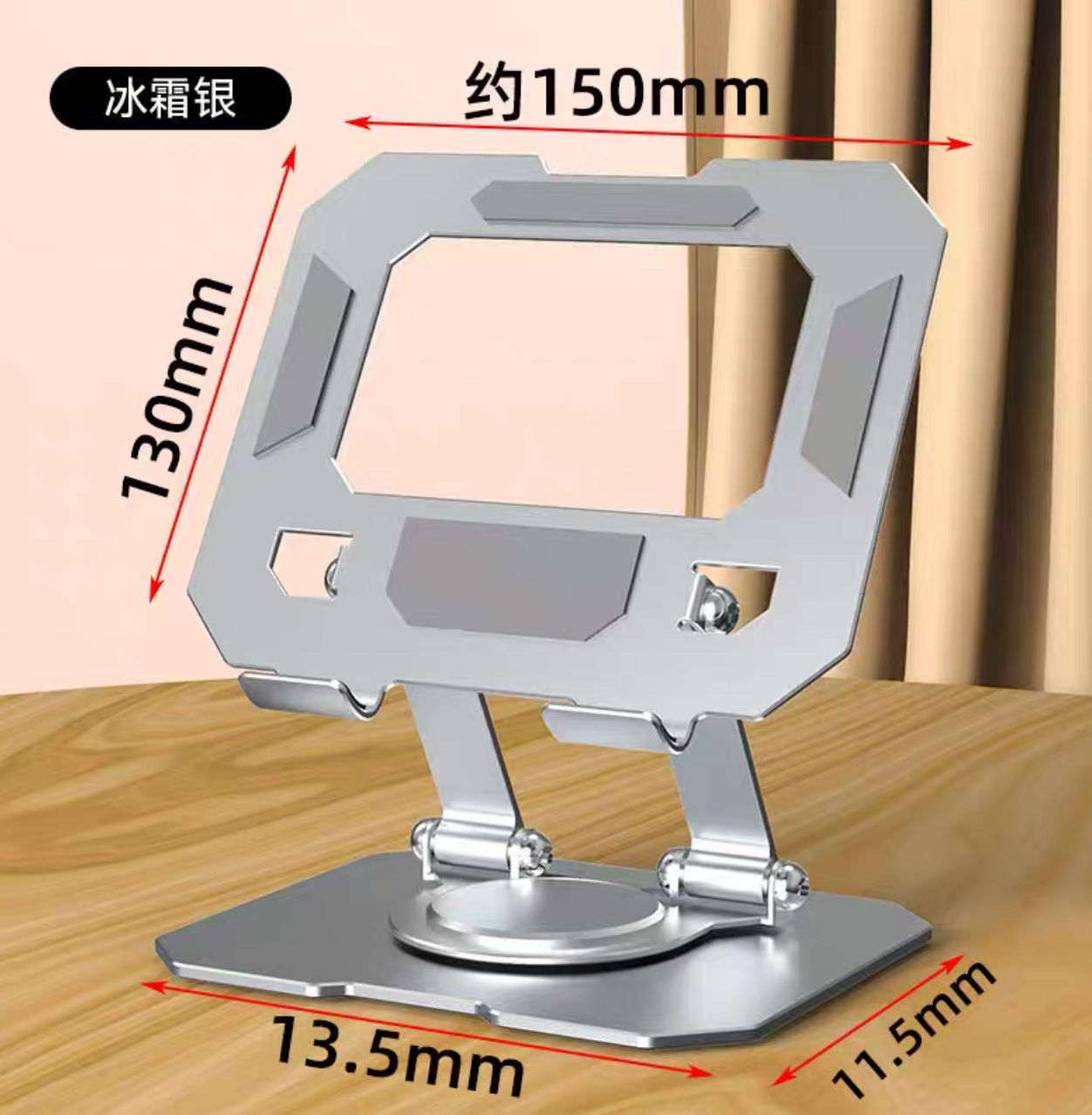

正在下载文件,请勿关闭页面,若关闭页面下载任务将会取消
1. Heat Dissipation Function
Some stands adopt designs such as hollowing or metal grids. For instance, stands with a metal grid design allow for better air circulation, helping laptops dissipate heat. Additionally, certain stands are equipped with fans—like turbo heat dissipation stands, where the bottom fans deliver strong yet quiet airflow, effectively lowering the laptop’s temperature.
2. Height Adjustment & Suspension
The stand can elevate the laptop to an appropriate height, positioning the screen at a more eye-friendly level. This helps improve sitting posture and reduce pressure on the cervical and lumbar spine. Meanwhile, the suspended design fully exposes the laptop’s bottom to the air, further enhancing heat dissipation.
3. Foldable & Portable
Stands of this type usually feature a foldable design. When folded, they are compact in size, making them easy to carry and store. Whether for business trips, travel, or moving between different workspaces, they can be transported effortlessly.
4. 2-in-1 Compatibility with Tablets
Most stands offer multi-angle adjustment, enabling compatibility with tablets. Users can place their tablets on the stand and adjust it to a suitable angle, facilitating video viewing, reading, or other operations.
5. Material & Stability
Material
Common materials include aluminum alloy and plastic. Stands made of aluminum alloy boast a premium texture, high strength, and excellent heat dissipation performance; plastic stands, on the other hand, are relatively lighter and more affordable.
Stability
High-quality stands are equipped with anti-slip pads at the bottom to increase friction with the desktop and prevent the stand from sliding. Additionally, their rational structural design allows them to bear the weight of laptops and tablets, ensuring no wobbling or tipping during use.
Supplementary Notes
Term Consistency & Accuracy
- Core technical terms align with global consumer electronics standards: (hollowing, describing the openwork structure), (metal grid, the standard term for grid-like metal panels), (turbo heat dissipation stand, reflecting the fan’s turbo-driven airflow), and (anti-slip pads, a universal term for anti-skid components).
- Body part terms like (cervical spine) and (lumbar spine) use medical-standard English to accurately convey the ergonomic benefits, avoiding vague phrases like "neck and back".
Functional Clarity & Flow
- Phrases like (deliver strong yet quiet airflow) and (boast a premium texture, high strength, and excellent heat dissipation performance) are translated into concise, parallel structures in English, maintaining the original’s emphasis on multiple advantages while fitting English reading habits.
- Transitions like "Additionally and "on the other hand are used to connect logical relationships (e.g., contrasting materials), ensuring smooth coherence between sentences.
Scenario-Specific Optimization
- For portability descriptions the translation uses "business trips, travel, or moving between different workspaces"—terms that resonate with English-speaking users’ daily scenarios, avoiding literal translations that might feel awkward.
- The "2-in-1" feature is clarified with "compatibility with tablets" to explicitly link the stand’s dual use for laptops and tablets, preventing ambiguity about the "second device" in the original term.
Verification Code
The file is downloading, please do not close the page.






